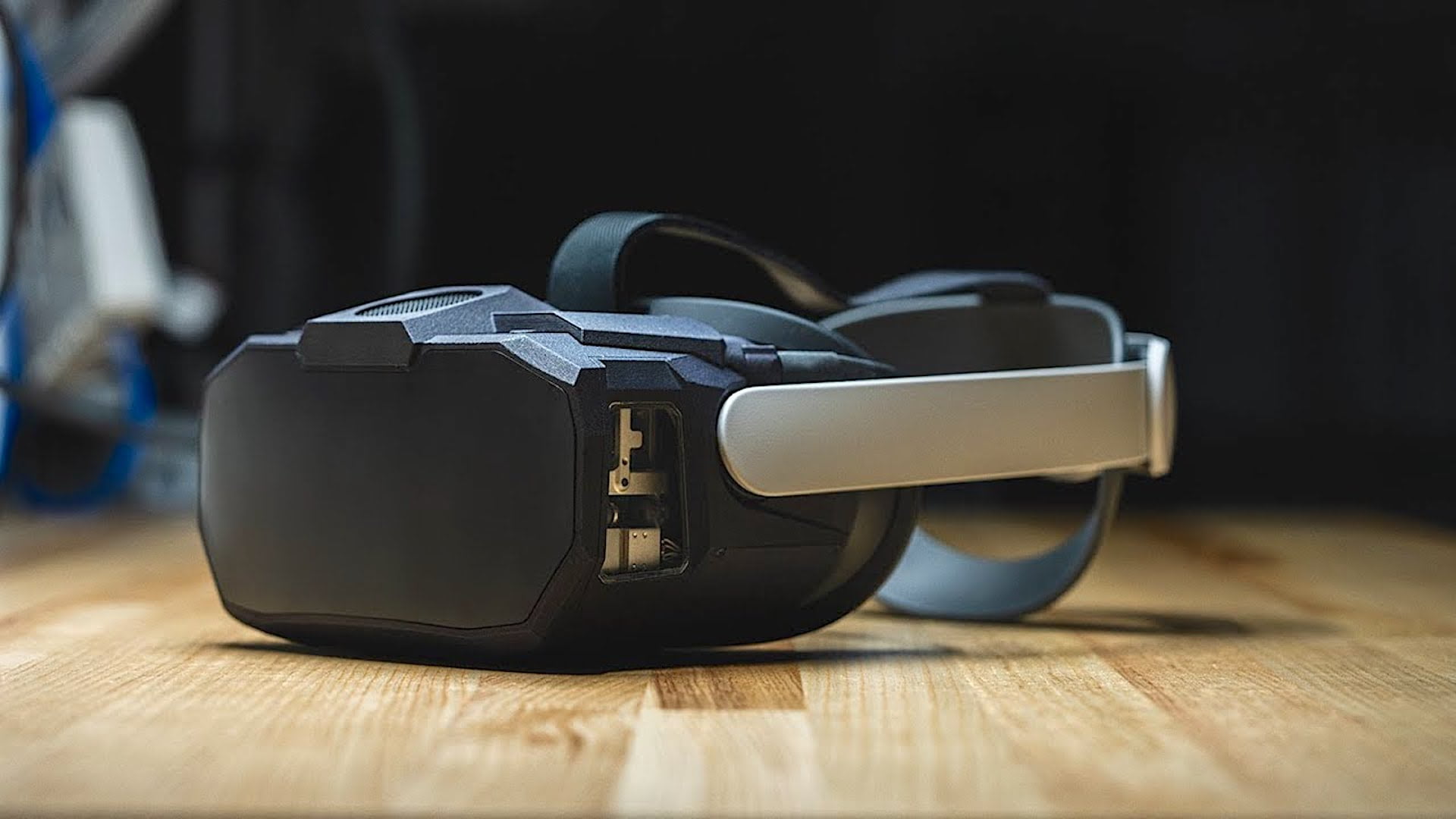When will we see the primary client headsets with retina-resolution shows? Here is what Meta’s CTO says.
QUOTE
Andrew Bosworth was requested this very query in his latest AMA on Instagram. Bosworth answered:
In digital actuality shows, the best way we measure decision is pixels per diploma. The overall variety of pixels does not completely matter as a result of it has to do with how far are they out of your eye and the way does the lens remap them. And there is different issues too that matter so much, uniformity, what number of pixels within the middle versus the periphery and so forth and so forth.
In Actuality Labs analysis, we have had the workforce constructed these sorts of time machines to see the place’s the higher sure that our means to differentiate, and it is fairly excessive. We construct them as much as like, I feel 100 [PPD], and you’ll nonetheless inform. Now, there’s a curve that sort of flattens out at a degree the place the incremental enchancment that you would be able to see between 80 and 100 is not that a lot, however you may inform the distinction.
And so I feel it is fairly far up there. We do not know methods to produce shows at that sort of density, the facility required within the kind issue required. Prefer it’s we’re not even there but, so it is a methods off.
CONTEXT
Meta’s “time machines” and the pursuit of retina-resolution headsets
Strictly talking, a retinal VR show can be one the place you can not inform the distinction between a show and pure imaginative and prescient. Within the VR trade, a PPD of 60 is usually thought-about the brink for retinal decision. Nevertheless, human imaginative and prescient is able to far more, as Bosworth factors out.
Present gadgets are removed from 100 PPD, not to mention over it. In response to Meta, the Quest 3 has a PPD of 25, the Imaginative and prescient Professional is estimated to be round 34 PPD, and the Varjo XR-4 achieves 51 PPD within the middle of the display screen.
By “time machines,” Bosworth is referring to Meta’s headset analysis prototypes, that are designed to offer a glimpse into the long run and present how sure applied sciences might someday have an effect.
In 2022, Meta launched the Butterscotch prototype, which has a PPD of 55. To attain this, the workforce developed a brand new hybrid lens and lowered the sector of view by half. This was adopted in 2023 by the Butterscotch Varifocal, which added a varifocal show and supplied a PPD of 60.
Each prototypes will not be meant to grow to be merchandise, however are for analysis and demonstration functions solely.
